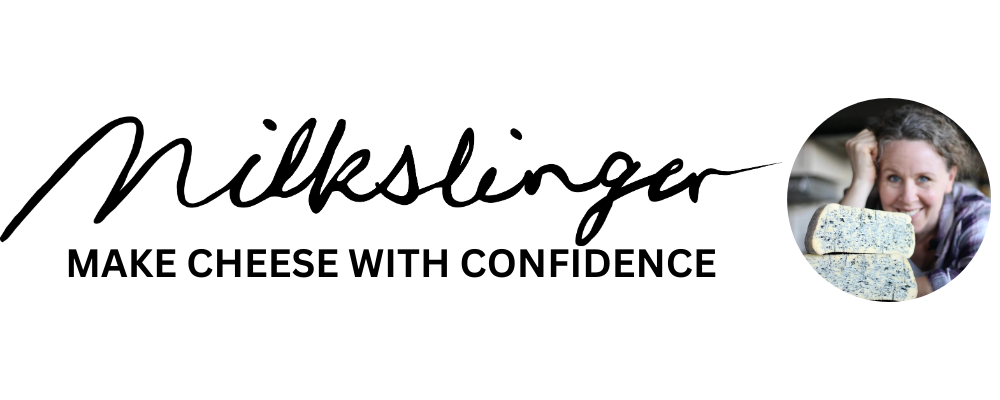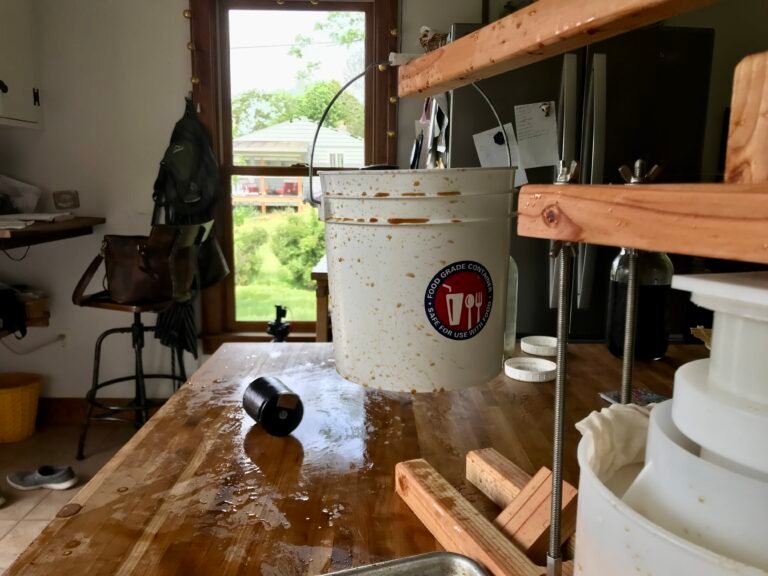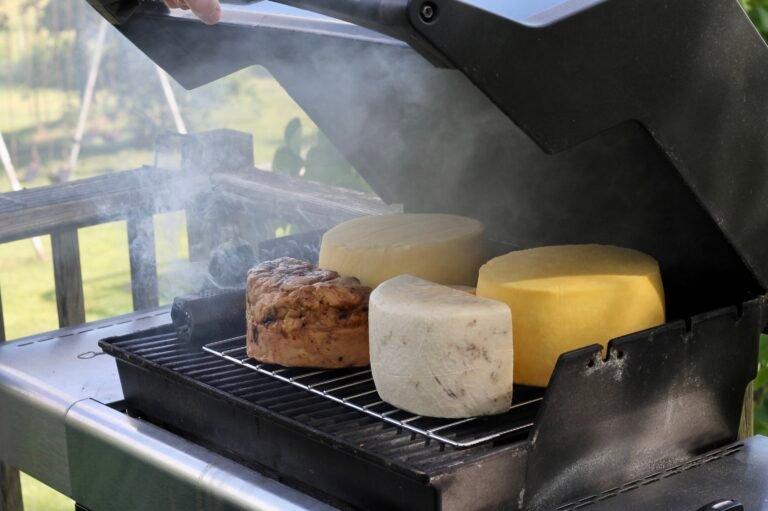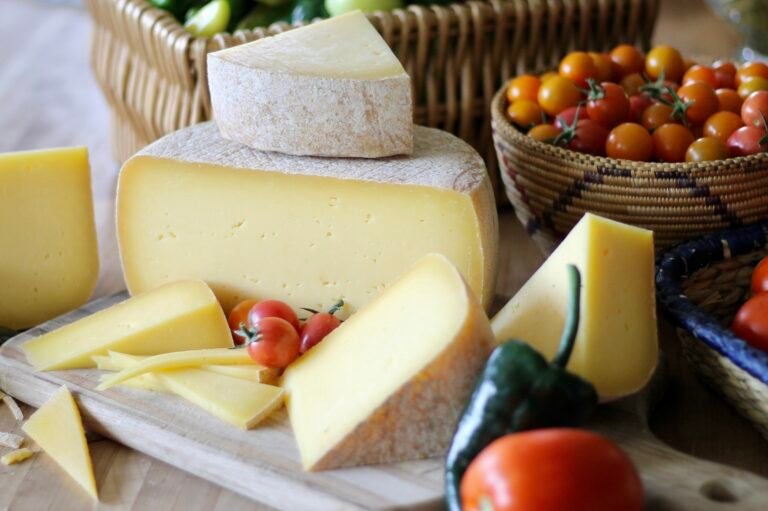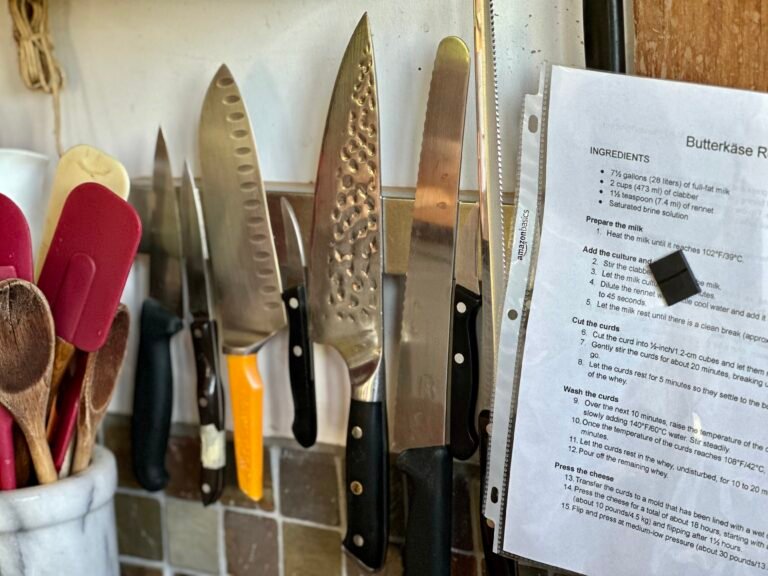Crystals: Are They Good Or Bad?
There are two types of crystals in cheese. Tyrosine crystals result from the breakdown of protein; this is the type of crystal you might find in Parmesan. And calcium lactate are crystals that form due to a higher concentration of calcium and lactic acid; these crystals, according to most people, are considered a defect. (Any Napoleon Dynamite fans out there? Just saying “defect” makes me think of this clip.)

No crystals here: just a goopy Pepper Jack
My hunch is that calcium lactate is what I’m bumping up against regarding:
a) the white crystally hardness that forms on the outside of some of my older vac-packed cheeses
b) the slightly sandy texture of some cheeses’ pastes
c) the rough white rash that occasionally develops on the rinds of some of my natural rind cheeses (see the most recent Manchego video for an example of this).
Science Direct has an article on crystals and, regarding the excess liquid in the bag, they suggest that the extra moisture seems “to be linked to the excessive decreases in cheese pH during curing and . . . shelf life.” Dairy Foods also has an extensive article on the subject, and they note that cheesemakers often use a couple kinds of emulsifying salts to eliminate the calcium lactate problem.
So now I’m wondering if:
- my cheeses would benefit from being aged at lower temps
- the milk should be ripened at a lower temp, and for longer times
- my clabber culture has high levels of Lactobacillus helveticus, which is the bacterium associated with the formation of higher levels of calcium lactate.
What else am I missing?

